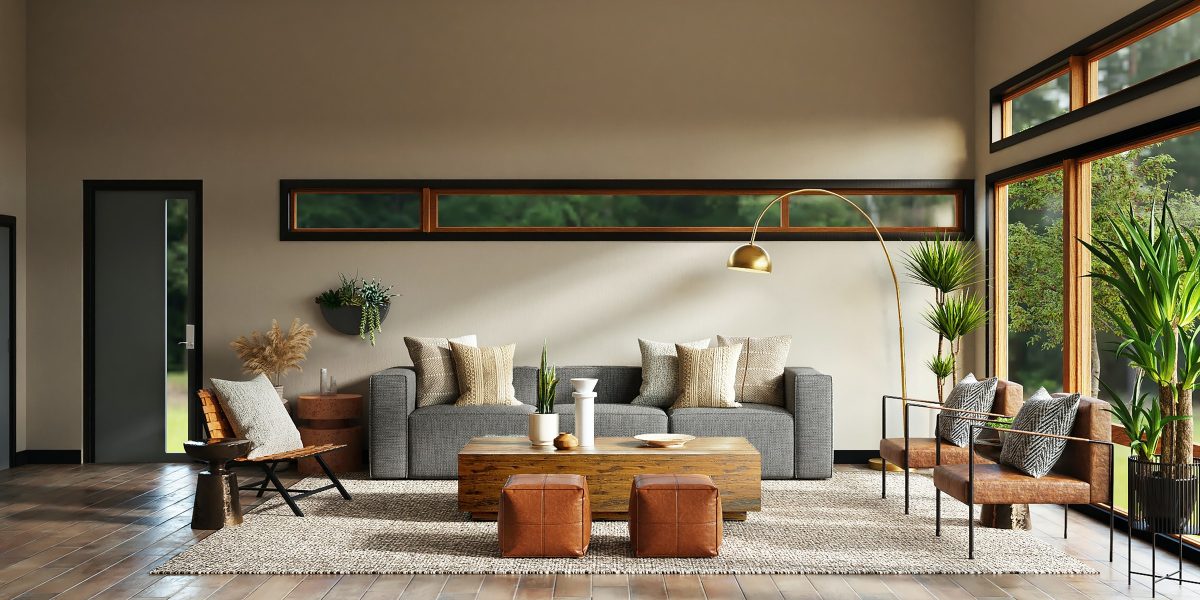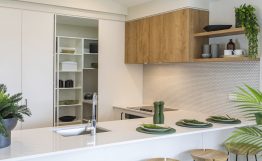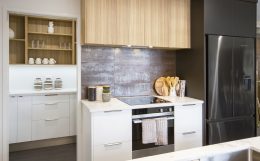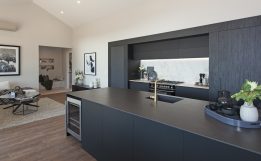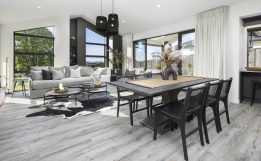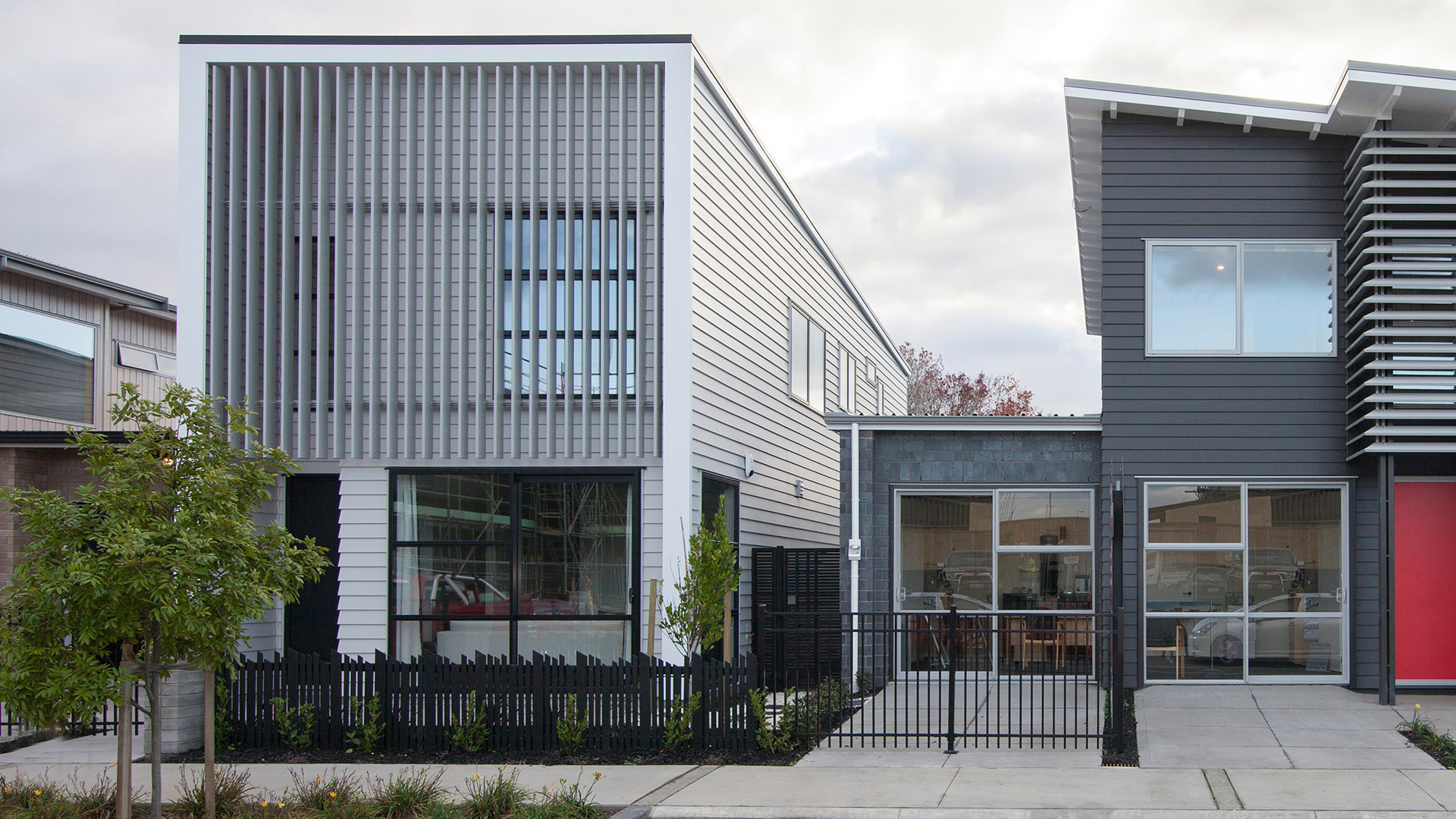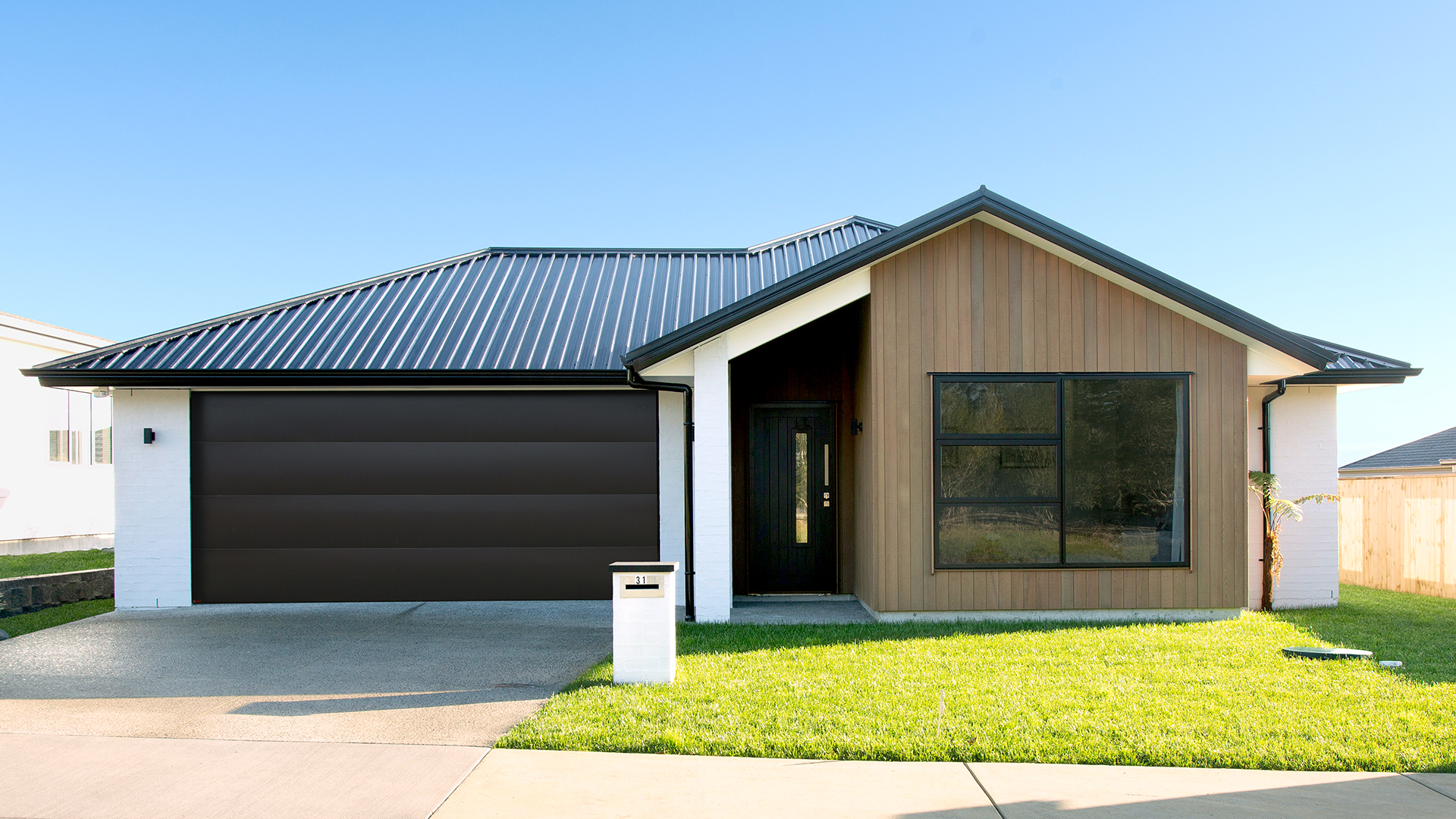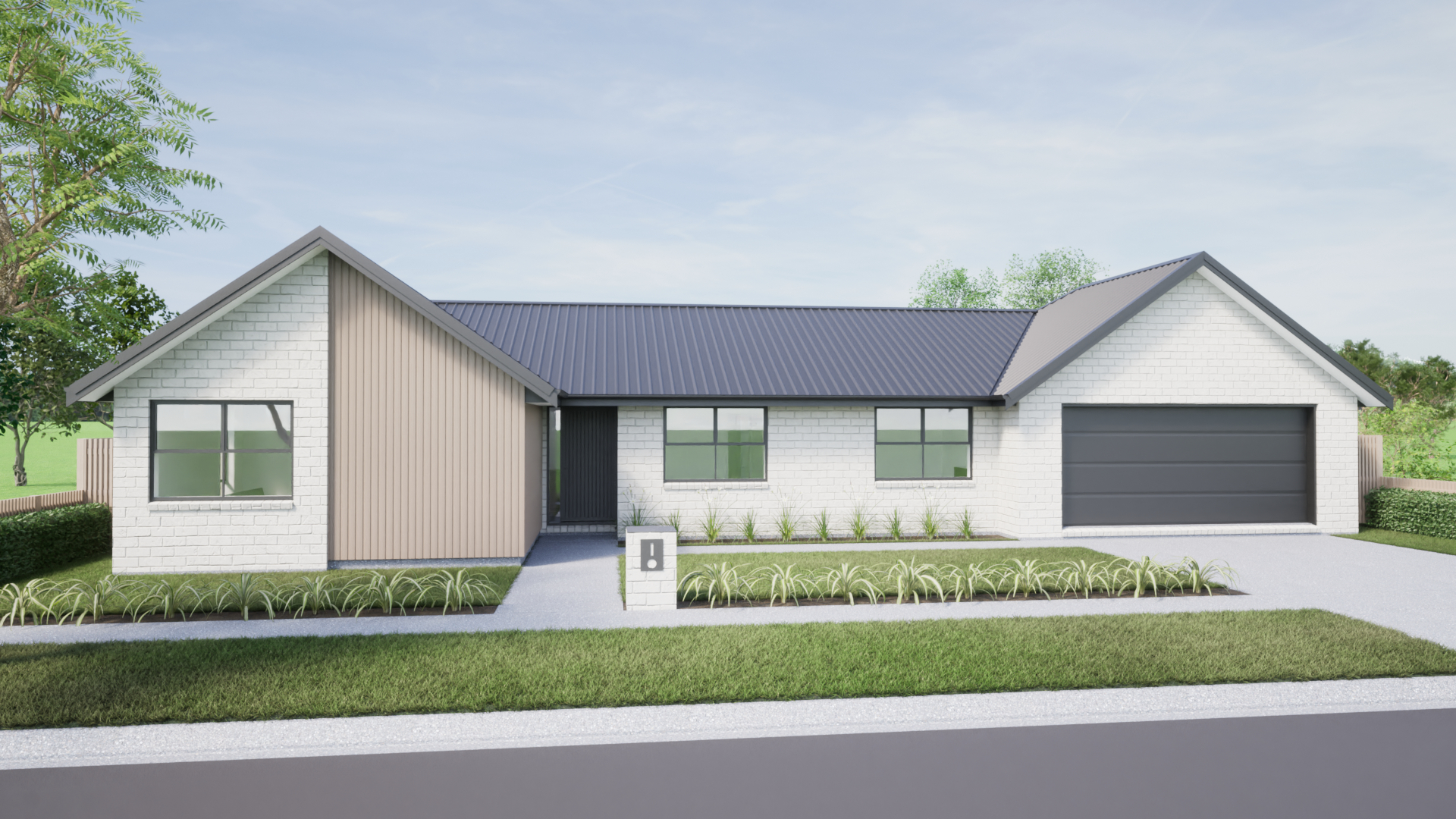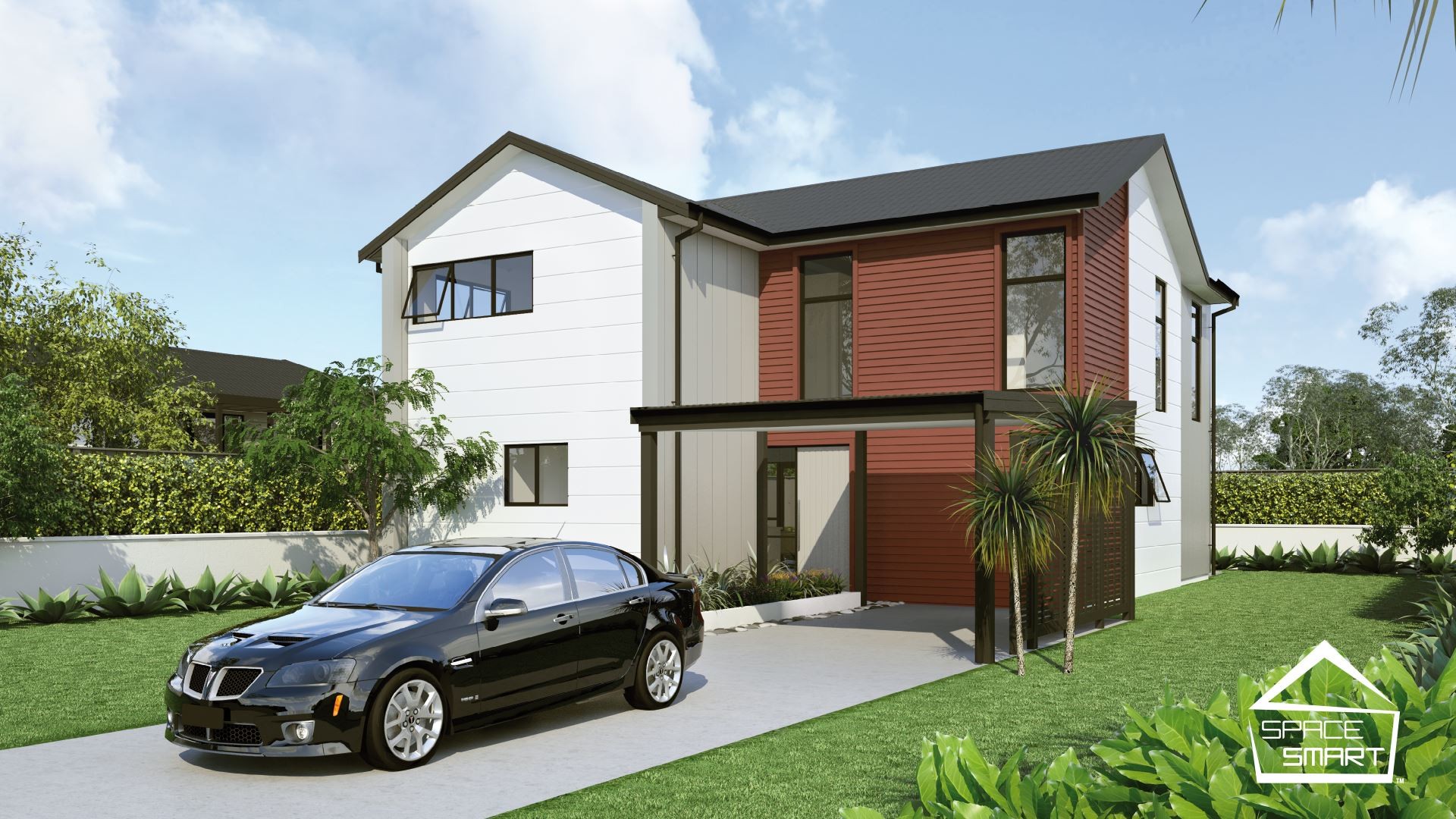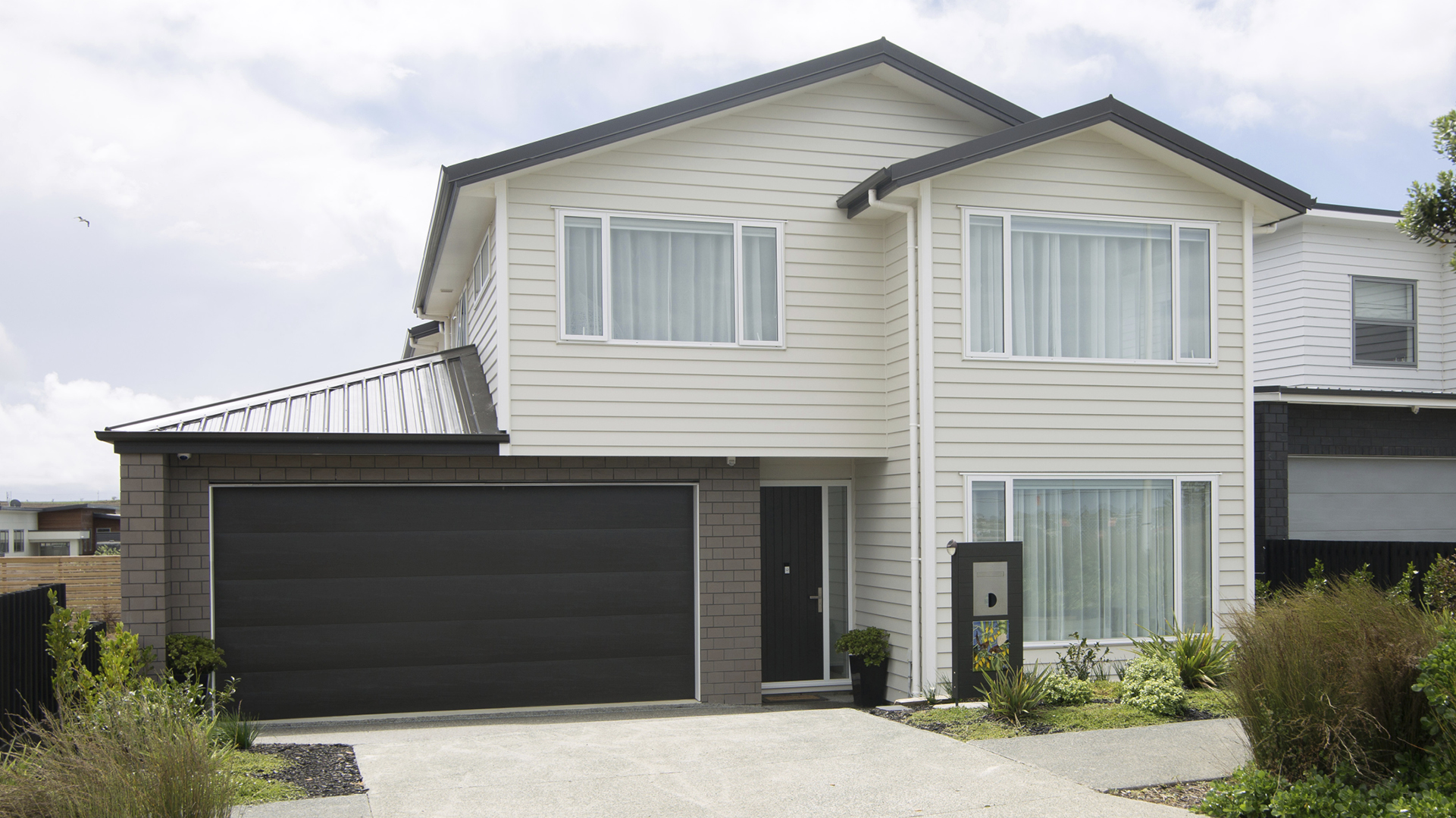Redecorating with the Six Principles of Interior Design
There are so many decisions that go into an interior design project, which if well-thought-through, lead to the level of aesthetic cohesion in which everything feels “just so” and nothing seems out of place. Fortunately, there are six basic principles of interior design to hand, which can help to transform any space from average to fabulous.
Balance
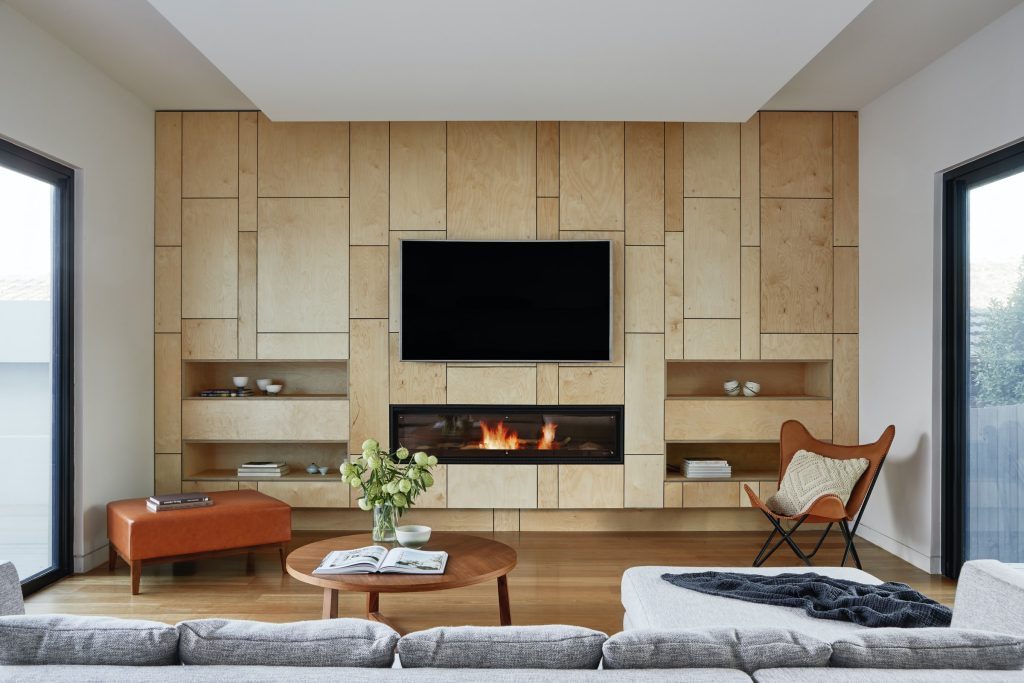
Balance in a room’s elements is all about achieving the feeling of spatial equilibrium in terms of how the visual weight of the decor objects are distributed throughout the space. It includes furniture, but also other aspects such as colour, texture, pattern and size. There are also three types of balance: symmetrical, asymmetrical and radial. Symmetrical balance sees a space evenly split into two sides that mirror each other, such as two chairs placed on either side of a table. Asymmetrical balance avoids replication on either side of a space to achieve visual interest in a shifted balance of lines, colours, forms and textures, such as placing a couple of chairs opposite a sofa. Radial balance uses a central focal point in an object or other design element from which to radiate the rest of the room’s decor elements, such as a round table with chairs set around it.
Emphasis
Emphasis relies on establishing a visual anchor or point of interest in a room such as a fireplace or a window that frames a landscape view. The goal is to draw the viewer’s eye to the object of attention by arranging the rest of the room’s decor elements around it. For example, the bed is usually the focal point of a bedroom, which can be highlighted by placing matching lamps and bedside tables on either side of it.
Contrast
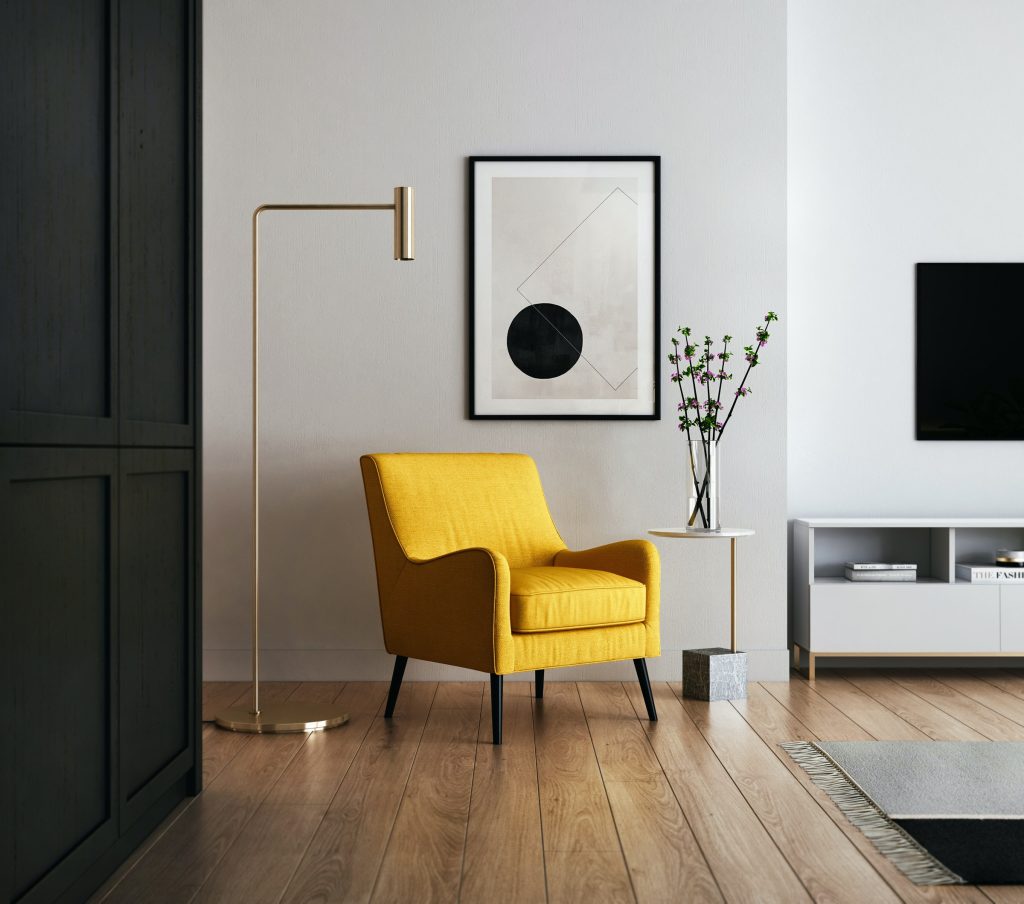
Contrast is about creating visual interest and complexity by setting two dissimilar elements together, be it a pairing of opposing objects, shapes or colours. Incorporating a range of contrasting metals into a space, for instance, can help to achieve harmonious visual interest.
Rhythm
Rhythm is achieved with the arrangement of different decorative elements in a room whereby patterns of repetition and contrast are created to pique visual interest and make a space feel balanced and unified. The same pattern or colour can be featured spatially at different intervals, encouraging the viewer’s eye to move around the room. For example, a colour can be selected from a throw cushion and reflected back in an artwork and also in a rug or ceiling treatment. Similar to the principle of balance, there are three avenues for achieving rhythm: repetition, progression and alteration. Repetition obviously involves aspects such as size, shape and colour to recur throughout a space. Progression involves taking a decor element and decreasing or increasing it in a particular direction, encouraging the viewer’s eye to move around the room. Alteration has to do with using two or more decor elements alternatively such as showcasing a linear pattern vertically in one room and repeating it in another space but horizontally.
Harmony
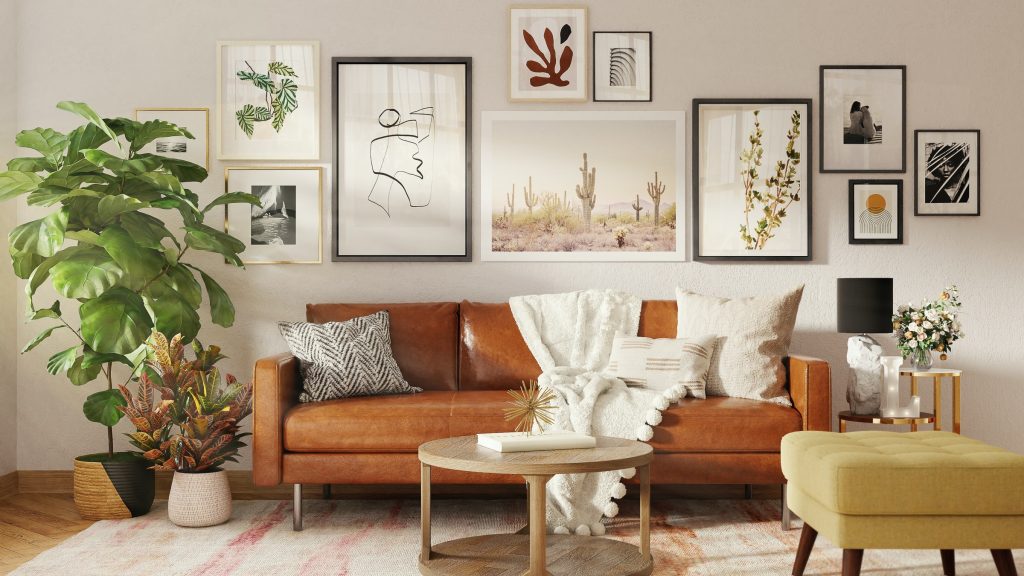
Harmony is achieved when all the elements in a space relate to each other in a unified way, such as using the common characteristic of one colour for a variety of different forms in terms of shape, size and texture. Harmony creates flow and a sense of restfulness, and ensures the viewer’s eye moves seamlessly around the space. Harmony is also the culminating principle of all the other principles of interior design discussed, combined in a connected and harmonious way.
Scale and Proportion
Scale and proportion combine to create a visual hierarchy, which brings some objects or other decor elements into focus more than others. Proportion is the ratio of an object’s size in relation to another’s, whereas scale is the size of an object in relation to another’s or the space in which it is placed. Perhaps the trickier of the two concepts to master, proportion can draw on many different systems such as the concept of the golden ratio, which is approximately equal to a 1:1.618 ratio and present in nature, but a lot of decisions around this principle can easily be made by eye.
